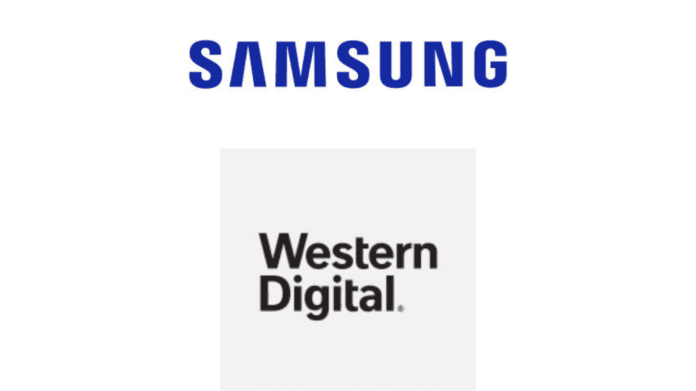Samsung Electronics Co., Ltd. and Western Digital recently announced that they have signed a memorandum of understanding (MOU) for a unique collaboration to standardize and drive broad adoption of next-generation data placement, processing, and fabrics (D2PF) storage technologies.
According to the collaborative agreement between the two firms, the firms will initially focus on aligning their efforts and building out a vigorous ecosystem for Zoned Storage solutions. These steps will enable the industry to focus on countless applications that ultimately create greater value for customers.
According to the sources of the two firms, this marks the first time that both Samsung and Western Digital have come together as technology leaders to create widespread alignment and stimulate awareness of important storage technologies.
According to a report compiled by the two firms, they will be focusing on enterprise and cloud applications, the partnership is estimated to spur a range of collaborations around technology standardization and software development for D2PF technologies like Zoned Storage. With this collaboration, end-users can have confidence that these emerging storage technologies will have support from multiple device vendors as well as from vertically integrated hardware and software companies.
Rob Soderbery, EVP and GM, Flash Business Unit at Western Digital stated: “Storage is the essential foundation for how people and businesses consume and use data. To enable today’s needs and tomorrow’s next big ideas, we must innovate, collaborate and keep pace as an industry in bringing new standards and architectures to life. In order for a technology ecosystem to be successful, overall frameworks and general solution models must come together so they do not suffer from fragmentation, which delays adoption and adds unnecessary complexity for software stack developers.”
Soderbery added, “For years Western Digital has been laying the foundation for the Zoned Storage ecosystem by contributing to the Linux kernel and open-source software community. We are excited to bring these contributions to this joint initiative with Samsung in facilitating wider adoption of Zoned Storage for users and application developers.”
“This collaboration is a testament to our relentless effort to exceed customers’ needs now and in the future, and holds special meaning in how we anticipate it will actively grow into a larger basis of engagement for Zoned Storage standardization,” stated Jinman Han, Corporate EVP, Head of Memory Sales & Marketing at Samsung Electronics. “Our collaborative efforts will embrace hardware and software ecosystems to ensure that as many customers as possible can reap the benefits of this highly important technology.”


According to industry sources and reports, the two firms have already kickstarted an initiative around Zoned Storage devices, including ZNS (Zoned Namespaces) SSDs and SMR (Shingled Magnetic Recording) HDDs. Through organizations such as SNIA (Storage Networking Industry Association) and the Linux Foundation, Samsung and Western Digital will define high-level models and frameworks for next-generation Zoned Storage technologies.
With a commitment to enabling open and scalable data center architectures, they have founded the Zoned Storage TWG (Technical Work Group), which was approved by SNIA in December 2021. The group is already defining and specifying common use cases for Zoned Storage devices, as well as host/device architecture and programming models.
Additionally, this collaboration is expected to serve as a starting point to expand zone-based (e.g. ZNS, SMR) device interfaces, as well as future-generation, high-capacity storage devices with enhanced data placement and processing technologies. At a later stage, these initiatives will be expanded to include other emerging D2PF technologies such as computational storage and storage fabrics including NVMe over Fabrics (NVMe-oF).






